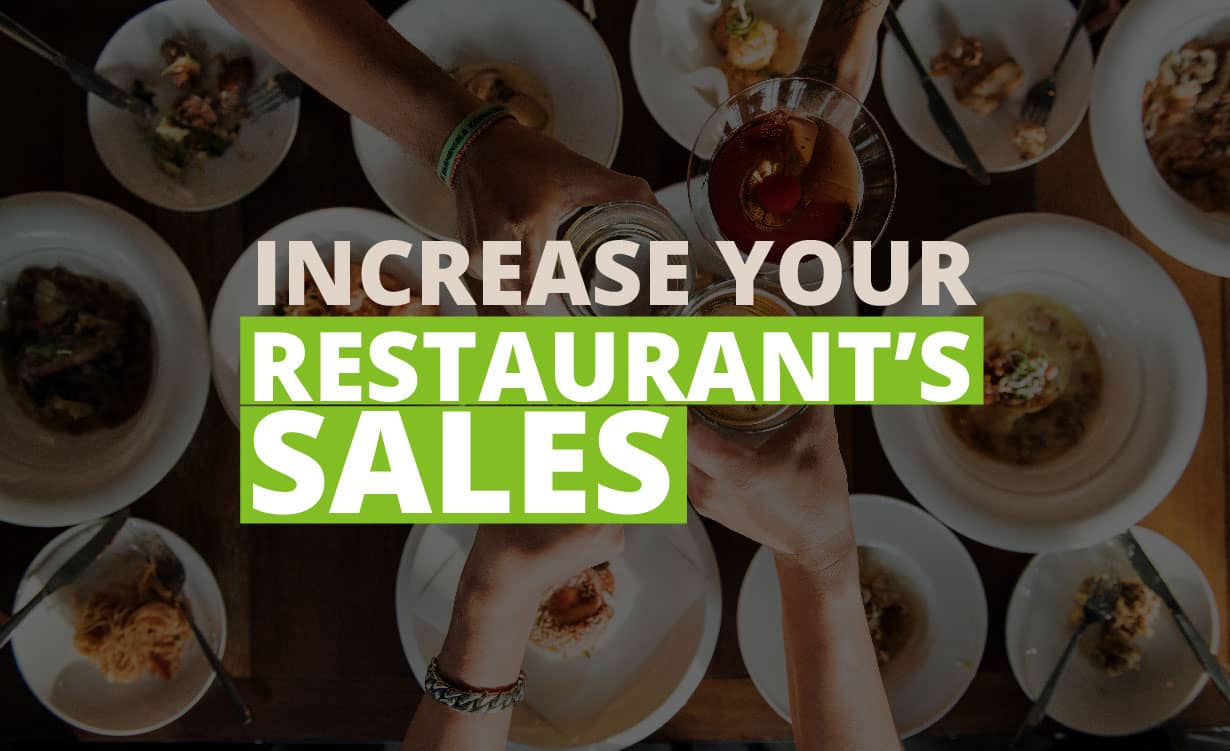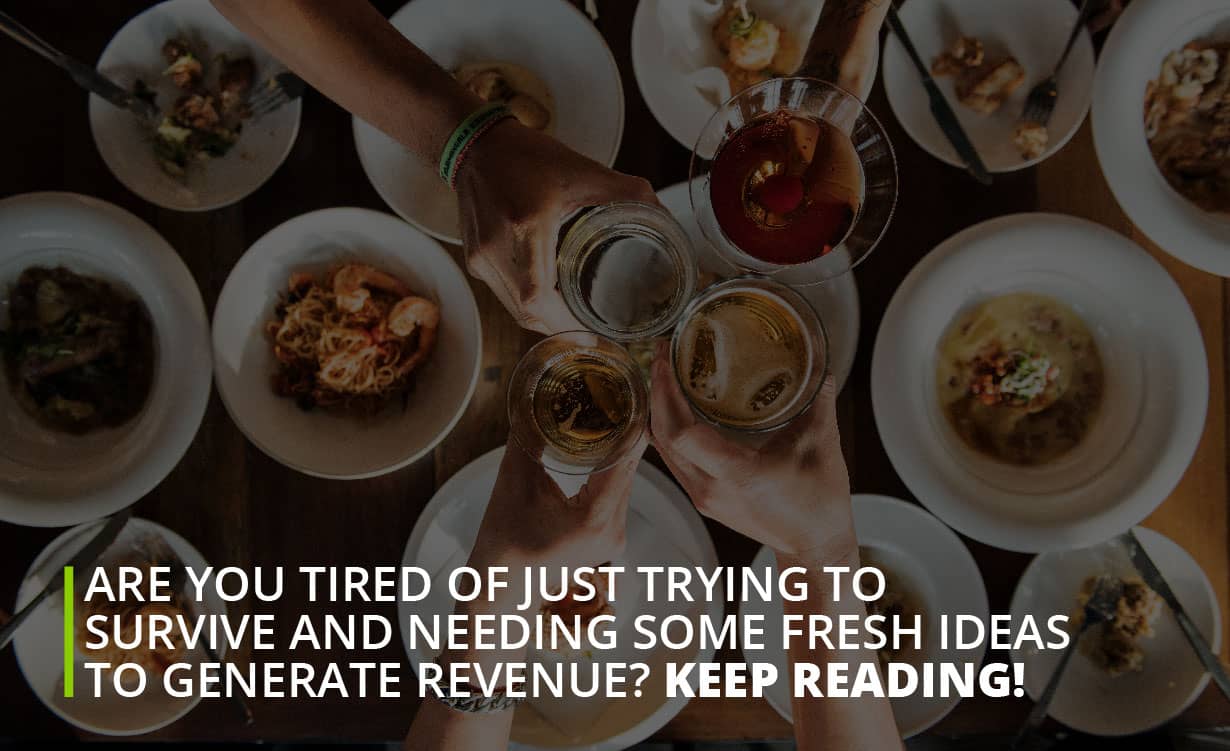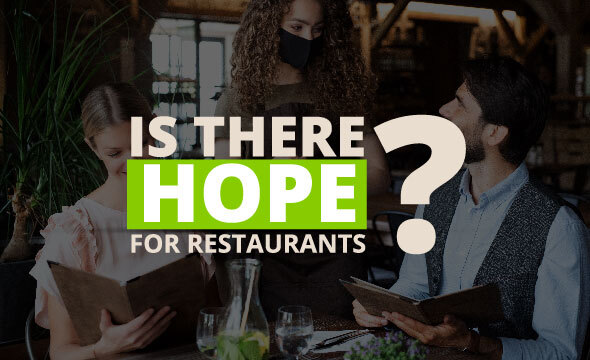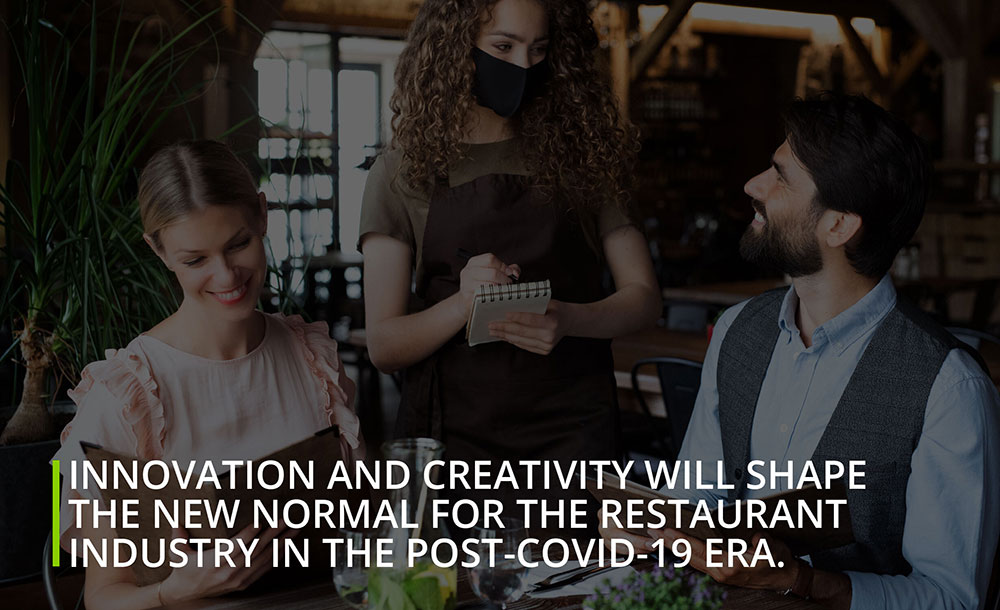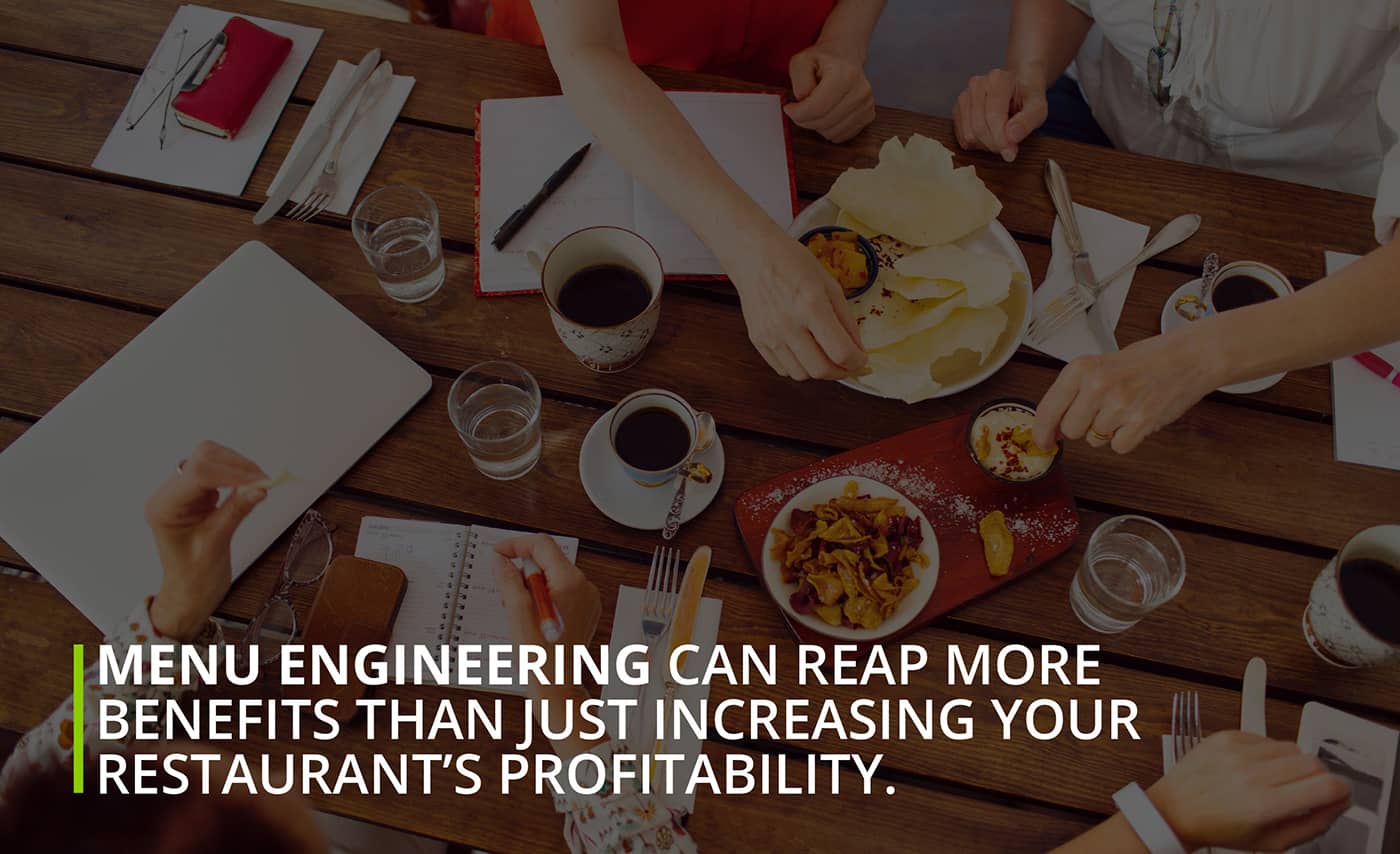
You could be under-utilizing your greatest marketing tool.
It’s an industry reality that costs go up, not down. The average profit margin for a restaurant is slim at just 6.2% (removing other costs). Add to this the current economic burden placed on many restaurants to keep their doors open and you’ve got the perfect motivation to innovate and stand out from the crowd. And while menu engineering may seem tedious, when you are competing with over 20,000 other restaurants in the Carolinas, every bit of ingenuity helps. (If you haven’t already, check out our July post in Martin’s Corner about creative ways to increase your sales.)
That’s where the importance of your menu comes in. Your menu can help you fight back against insolvency and uncertain times by making sure your best dishes get the spotlight and your money-makers are the first ones your guests see.
This science of cost study and design implementation make up what is known as menu engineering and it could be your greatest tool in getting an edge up on your competition and capitalizing on a free marketing tool.
Menu engineering may sound intimidating but really all it entails is some discipline, simple math and a willingness to identify opportunities and adapt to them.
Let us explain.
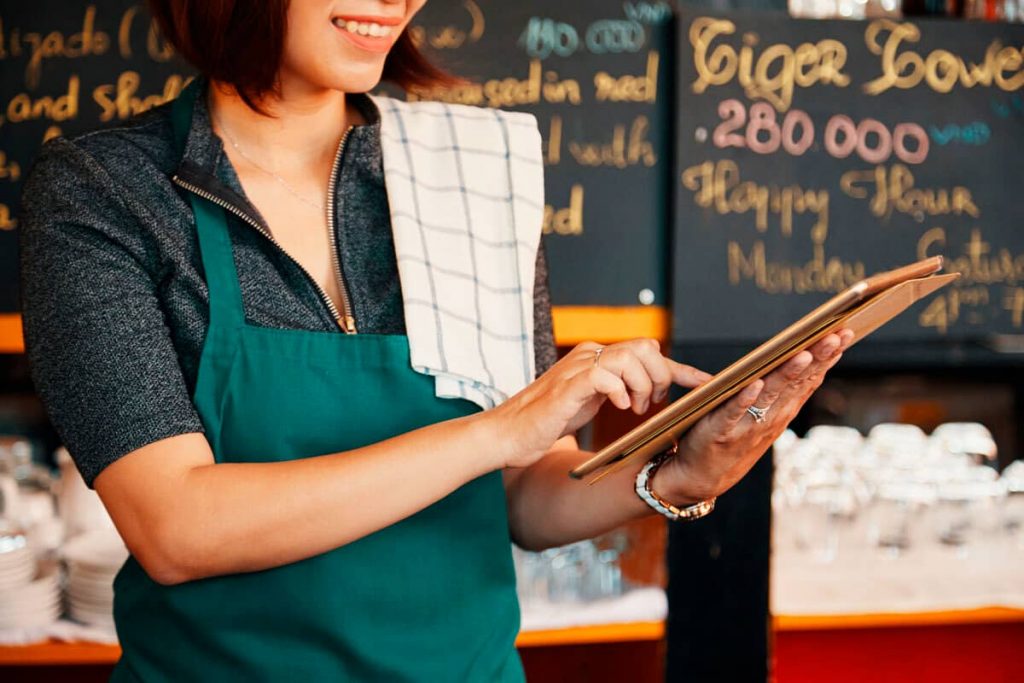
Menu Engineering: The Breakdown
The concept of menu engineering has been around for a while. It was first talked about in the early seventies by the Boston Consulting Group as they began to work with businesses on segmenting their products to influence customer decision-making. Later on, the idea arrived to the restaurant industry through a professor at Michigan University.
Before getting into what exactly menu engineering is, let’s cover what it’s not: Increasing meal prices across the board, reducing the quality and cost of ingredients or trimming down portion sizes is not what this is about.
Instead, menu engineering consists of identifying the inherent cost of your items, categorizing popularity and profitability, and implementing all of these findings into an intuitive, smart menu design.
Going through this process will help your restaurant in more ways than one. Understanding your menu and how you are using your inventory will streamline your back of house operations. As you begin to determine which dishes are more profitable and promote those over others, your chefs will spend less time switching between dishes and more time to dedicate to quality.
In the same way, you can better utilize your inventory and reduce unnecessary expenses as you start to understand which ingredients are used across the same dishes. Perhaps you have a specific vendor for a certain ingredient that is only used in one of your less profitable dishes? Save time and money by clearing the clutter and focusing on what is already making your restaurant a success.
Here’s how to get started:
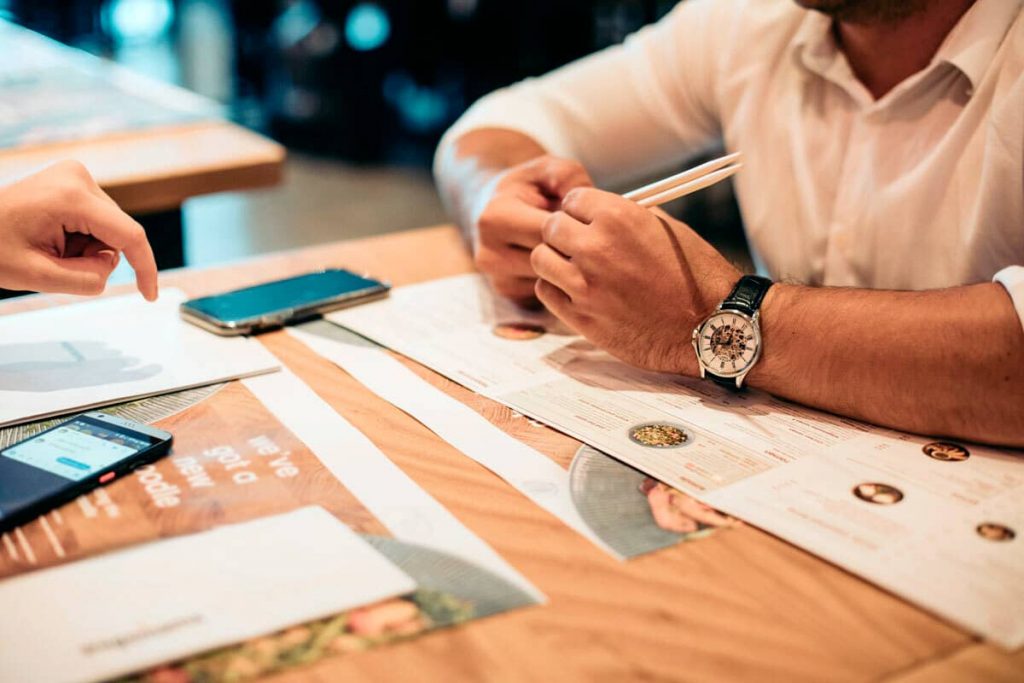
Follow These Steps
1. Cost
The first step in the process of re-engineering your menu is probably the most tedious. “Costing your menu” is exactly like it sounds. It involves breaking down each item on your menu into the cost of individual ingredients, to find out the real “price tag” for each dish.
If you already have someone in charge of costing your menu, this should be the person involved in the engineering process as he or she will have the greatest knowledge about your dishes.
But the reality is, most restaurants never take the time to cost their menu because it can be extremely time-consuming. However with this small sacrifice, you will reap the benefits of gaining more profitability out of your menu items.
2. Categorize
Now that you’ve laid out the specific cost for each of your menu items, it’s time to organize your data.
It’s important to group together similar menu items. For example, separate all of your entrees, appetizers, drinks, and desserts. You can then break down each grouping into sections. For entrees you can segment into meat entrees, seafood entrees and vegetarian entrees. Having this data in front of you in an organized manner will help you with this next step.
There’s a common tool in the menu engineering world for placing your dishes into four categories: Stars, Plowhorses, Puzzles, Dogs.
Stars are your items that are frequently ordered and have a high profit margin.
Plowhorses are menu items with high popularity but cost more to make.
Puzzles are those items with high profitability but rarely ordered by guests.
Dogs are the items you probably need to reevaluate as they are costly to make and not very popular with your guests.
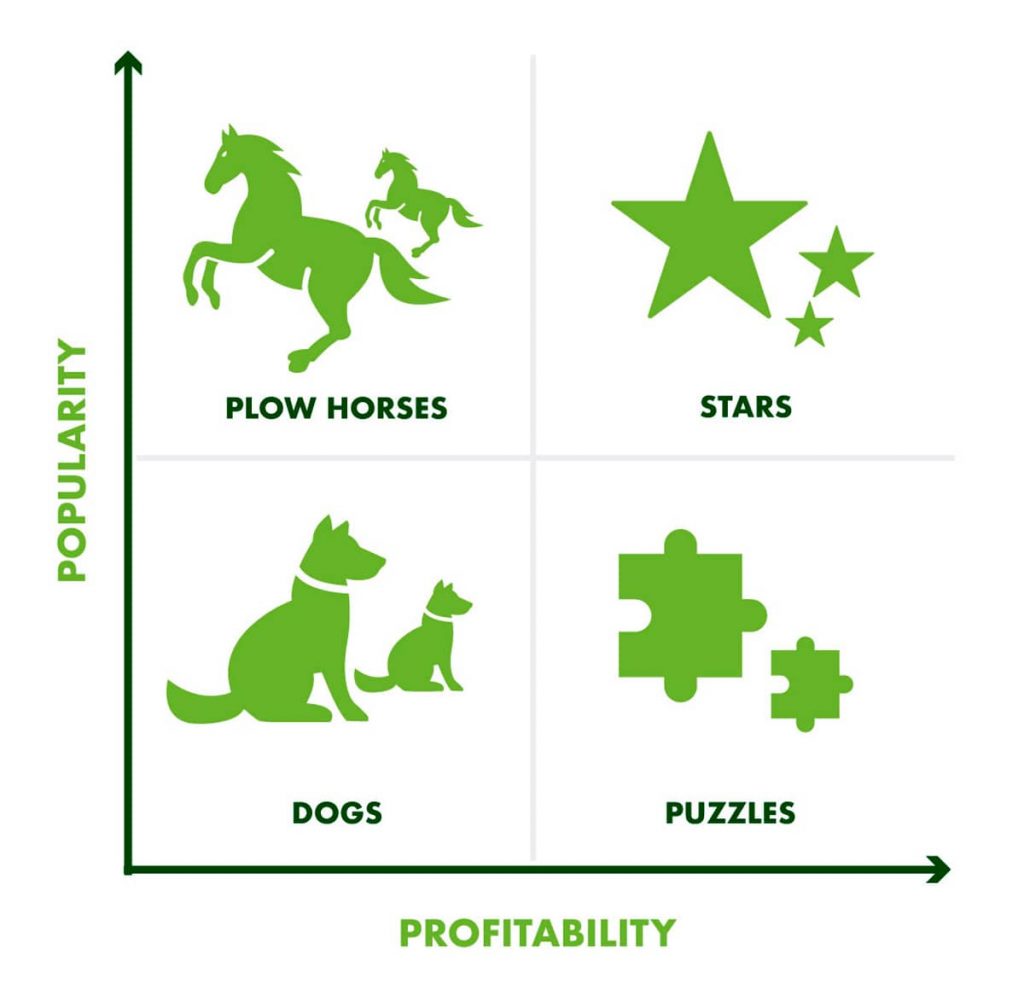
3. Design
Based on what you’ve determined as your Stars, Plowhorses, Puzzles and Dogs, it’s now time to translate that data into an effective design.
Focus on your Stars. They should be easily visible on your menu so guests can find them quickly.
Your Plowhorses may need some revision. Is there a way to make this dish more profitable without sacrificing quality? Can you create a combo with a “star” drink? Try to find a way to boost the profitability of these items.
For your Puzzles, consider how you can get them more attention. This may mean placing them in a more prominent spot on your menu, utilizing social media to promote them, or even being open to lowering the cost – greater popularity with your guests will make up the difference.
Finally your Dogs are dishes you may want to rethink on your menu. At the very least you can put them in less conspicuous places on your menu to leave room for those more profitable and popular dishes.
Menu engineering is a science in itself. Professional menu engineer Greg Rapp helps his clients determine the best placement and design of menu items through costing, categorizing and other techniques to get the most out of your menu.
He developed special glasses that track where a viewer’s gaze is drawn to on a page, effectively proving theories of where the eye goes first. (Hint: it’s the top right corner!) He also suggests that highlighting menu items in a border or shadow will help to automatically draw your guest’s eye to that dish. Here are some other menu design tips to follow:
- There are layouts to avoid, like listing prices down one side of the menu. This causes the customer to make a decision based on price rather than the dish.
- Work on your descriptions to make them short but impactful – don’t just list the ingredients.
- Focus your most effective descriptions with your higher priced items.
- And finally, don’t forget to keep in mind proper spacing, leaving enough room for all of your menu items to have their place.
Following these design tips can help increase the overall price tag of your menu, without actually having to increase prices. All this to say, the process of menu engineering falls short if your findings are not directly implemented into the design and layout of your menu.
4. Test
You might not get it right the first time. That’s why menu engineering is a process, not an end-goal but rather a continuous practice. It’s suggested that a successful restaurant should perform this study at least twice a year but if you are able to find a rhythm of evaluating your menu seasonally or even once a month, even better!
One way to know if your new design is working, aside from analysing your profits, is to ask your staff. Your waiters are the best source of information as they are the ones directly interacting with your customers. Ask your team if they’ve sensed a change in customer ordering habits or have any feedback from guests on the re-designed menu.
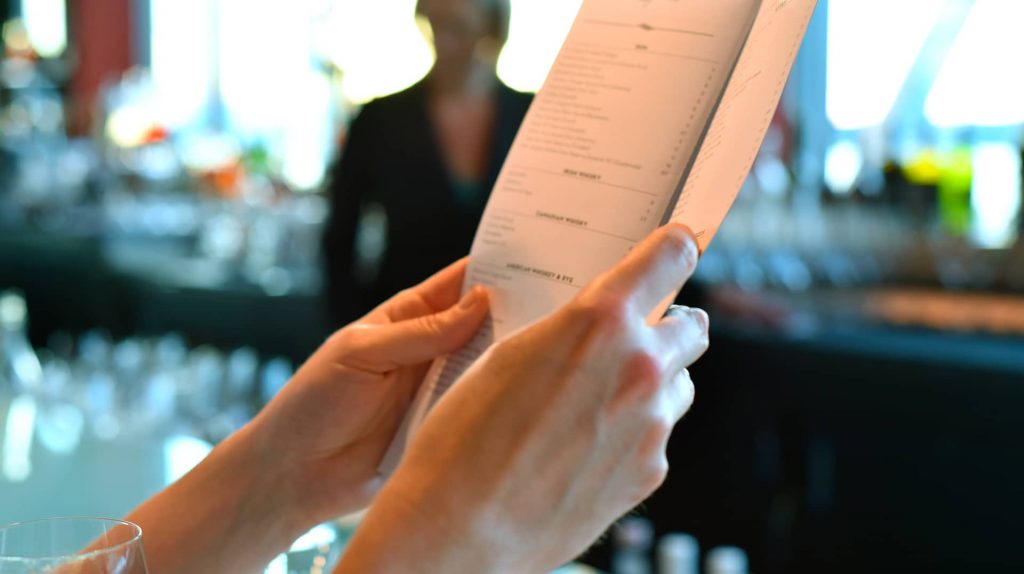
Still not convinced?
Menu engineering can reap more benefits than just increasing your restaurant’s profitability (though it’s important to note here that an effective process can help yield revenue increases of 10%-15%). Marketing is a great reason to put some TLC into your menu design.
A well-engineered menu can spark conversation amongst your guests, garnering free publicity. Rather than marketing for marketing’s sake, you can use this essential piece of your business to capitalize on spreading the word about your best dishes!
We’re not going to lie, menu engineering takes a little bit of work. But If you’re willing to put in the time and effort on the front end, you’ll reap the benefits in the long run. We definitely recommend menu engineering as a rhythm and practice to implement in your restaurant.
Has menu engineering worked for your restaurant? Are you interested in finding out more? Make sure to connect with us on social media and let us know about your experiences. We love sharing inspiration with the Queen City restaurant community!

